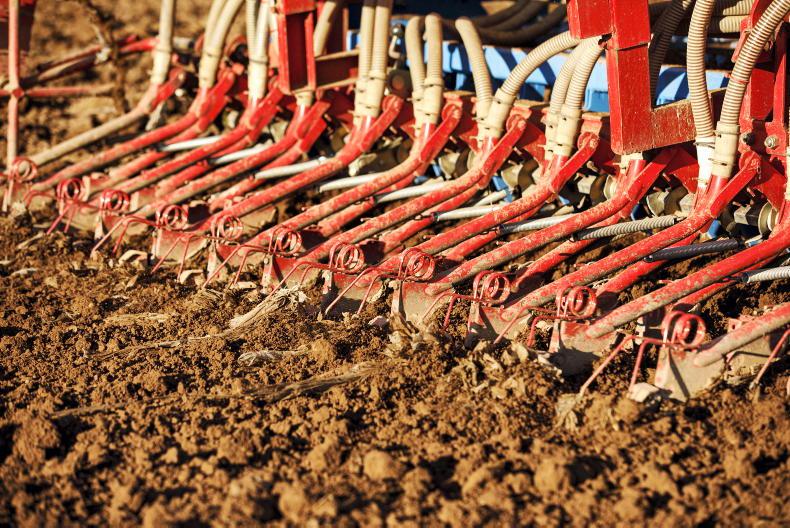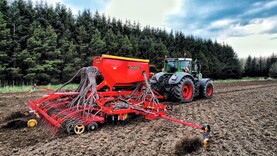Planting underway
We can hardly be blamed for trying to capitalise on the good ground conditions to get work done. While some may have the option to delay a little longer, growers with big acreages will begin to move shortly.
Remember it is not the calendar that governs early or late but the weather that follows, and this is impossible to predict.
But, within reason, later planting will result in lower costs and less risks. The last week in September can no longer be regarded as very early.
Fields that are at particular risk from take-all infection or grass weed problems should be delayed until after the middle of October if possible. This applies to both wheat and barley.
Soil temperatures are generally between 14-15°C – a bit above normal for the time of year.
Planting
Wheat or barley first – there is no absolute answer to this question. But if there is a high take-all risk and you are going to sow wheat or barley, the barley will have a lower risk of take-all.
But rye or a break crop would be lower again – the field and rotation should be the main factors in that decision.
Keep seeding rate down where you applied organic manures ahead of early drilling. This is to allow the plants present to exploit the fertility through tillering to help slow their development.
Target wheat and/or barley in safe rotational slots initially, but it is still too early for areas further south and closer to the coast.
Latitude might be used on wheat or barley seed for high take-all risk fields, but it is still good practice to delay planting until the second half of October (if possible).
Drill two-row and conventional six-row barley at 320 to 350 seeds/m2 or 160-180 kg/ha (10.5-11.4 st/ac) for 50g thousand grain weight (TGW) seed.
Some seed may be much smaller this year, leaving scope for somewhat lower seed rates while still planting the required seed number.
For this reason it is useful to know the TGW of your seed but do not take this as an absolute number as it is difficult to be very precise. Look at the seed as well as the label and use your own judgement too.
If the seed is 40g TGW the seed rate falls back to 130-145kg/ha. Drill hybrid barley at around 200 seeds/m2 or 100kg/ha (6.5 st/ac) for 50g TGW seed (80kg for 40g seed).
Drill early winter wheat at around 200 seeds/m2, which is around 100 kg/ha (6.4 st/ac) for 50g TGW seed where establishment will be good.
Thousand grain weights for wheat may be even higher than 50g this year. Hold off on oats for another week or so.
Soil testing
This is a very important task this year. P and K will be very expensive so you need to make sure they are well targeted.
Soil testing is now very cheap compared to fertiliser and good soil test results are essential to help make the best use of applied nutrients.
You need a soil test for at least every five hectares but perhaps you should take many more than this where you know there is variability within fields.






 This is a subscriber-only article
This is a subscriber-only article











SHARING OPTIONS: